You're launching a public sanitation project, but choosing the wrong vehicle specs can lead to complete failure. This means wasted investment, stalled operations, and unhappy citizens.
For public projects, small garbage trucks need a 500–1000kg capacity, a compact design for narrow streets, a power system matched to local conditions (lithium or lead-acid), a hydraulic dump box, and a clear maintenance plan to ensure reliability and long-term service.
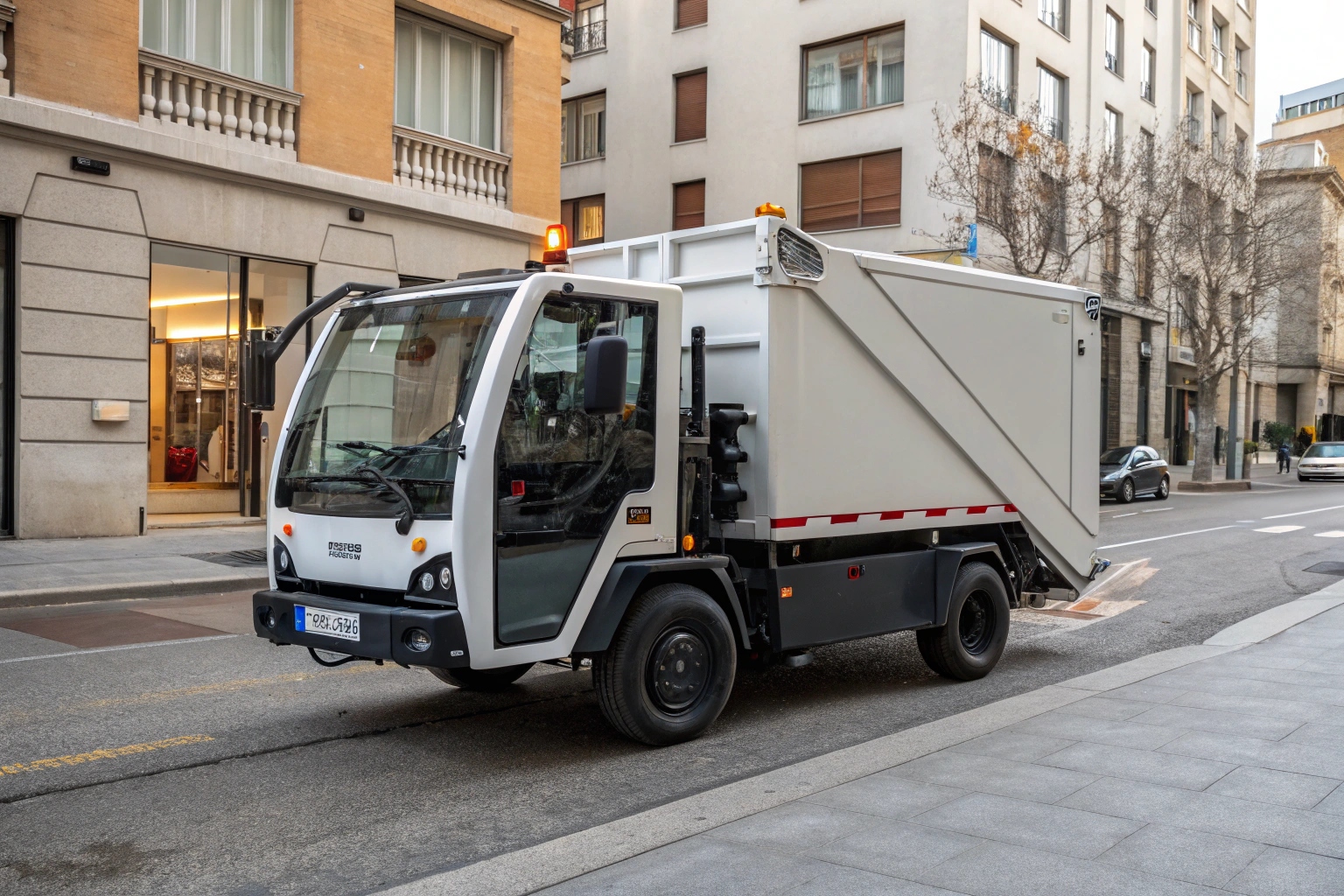
I have seen public sanitation tenders succeed and fail based on the fine print in their technical requirements. A few years ago, a municipal client of ours almost made a critical error. They copied specifications from a tender for a different city, requesting vehicles that were too wide for their own historic city center. We worked with them to adjust the specs, but it was a close call. Getting the requirements right from the beginning is the single most important step. Let’s walk through the essential specifications your project needs.
What Size and Capacity Are Ideal for Small Garbage Trucks in Urban Sanitation?
You choose a truck that's too big and it gets stuck in alleys, blocking traffic. You choose one that's too small and your crews waste time on extra trips.
Small garbage trucks should offer a 500–1000kg load capacity and a compact width under 1.2 meters. This combination is ideal for navigating the narrow, crowded streets found in dense urban areas.
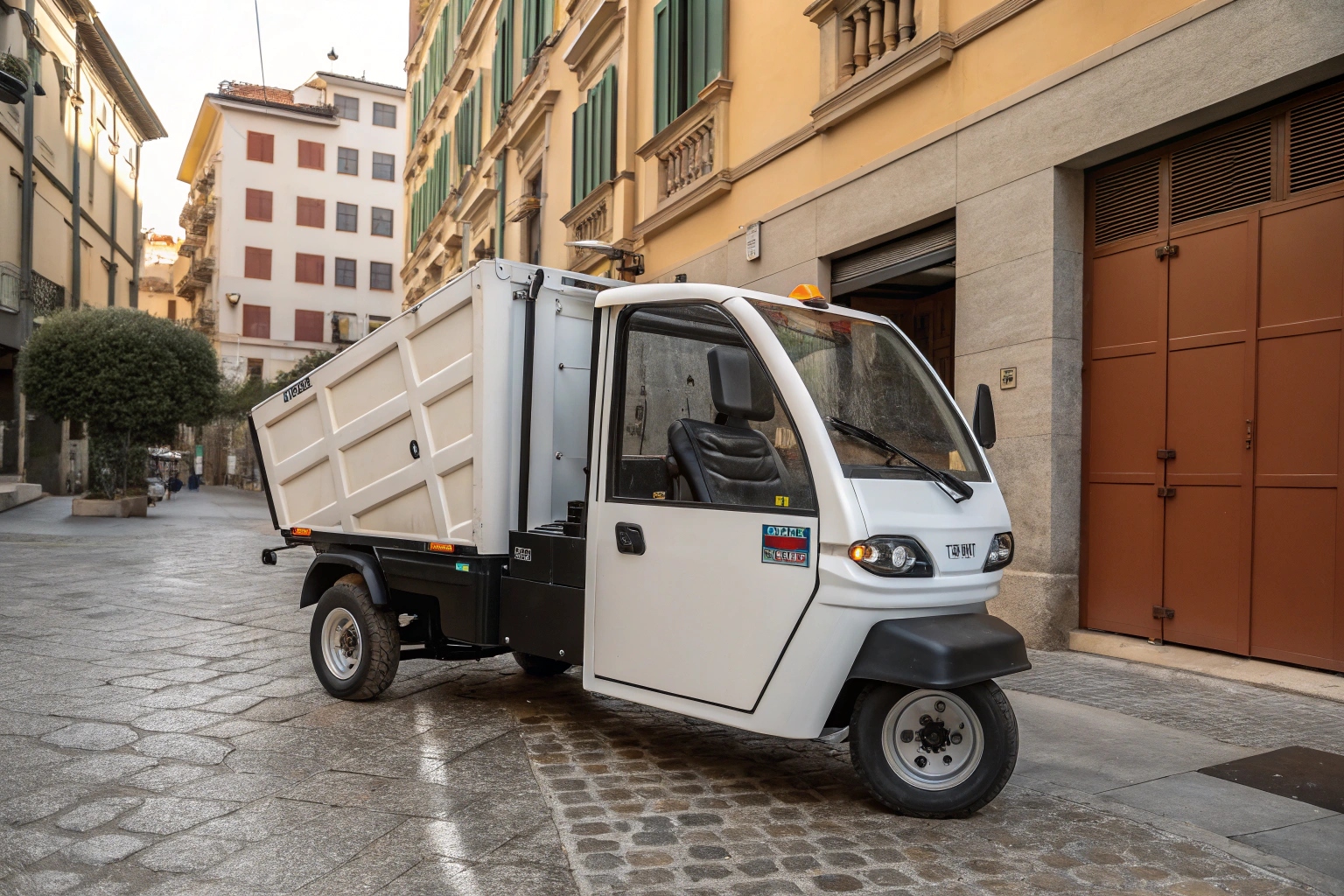
The first decision in any tender—vehicle size—is dictated by your city's environment. In places like Manila or Dakar, where many streets are narrow and full of pedestrians, a large vehicle is useless. The goal is to find the perfect balance between carrying capacity and maneuverability. A truck that can hold more trash but can only access 60% of its route is far less efficient than a smaller vehicle that can reach 100% of collection points. We always advise clients to measure their narrowest streets first.
| Pagtukoy | Ideal Range for Urban Projects | Bakit mahalaga |
|---|---|---|
| Kapasidad ng pag -load | 500 kg – 1000 kg | Balances efficiency with the ability to enter tight spaces without being too heavy. |
| Vehicle Width | 1.05 m – 1.20 m | Ensures access to narrow alleys and pathways where standard trucks cannot go. |
| Pagliko ng radius | 2.5 m – 3.5 m | A small turning radius is critical for U-turns in tight streets without complex maneuvers. |
What Power Systems and Battery Types Are Best for Small Electric Garbage Trucks?
You need to choose a battery system, but the options are confusing. Making the wrong choice can lead to high replacement costs or vehicles that can't finish their daily routes.
Lithium (LiFePO4) batteries offer longer range, a much longer lifespan, and zero maintenance. In contrast, traditional lead-acid batteries have a lower upfront cost and are easier to source locally in some regions.
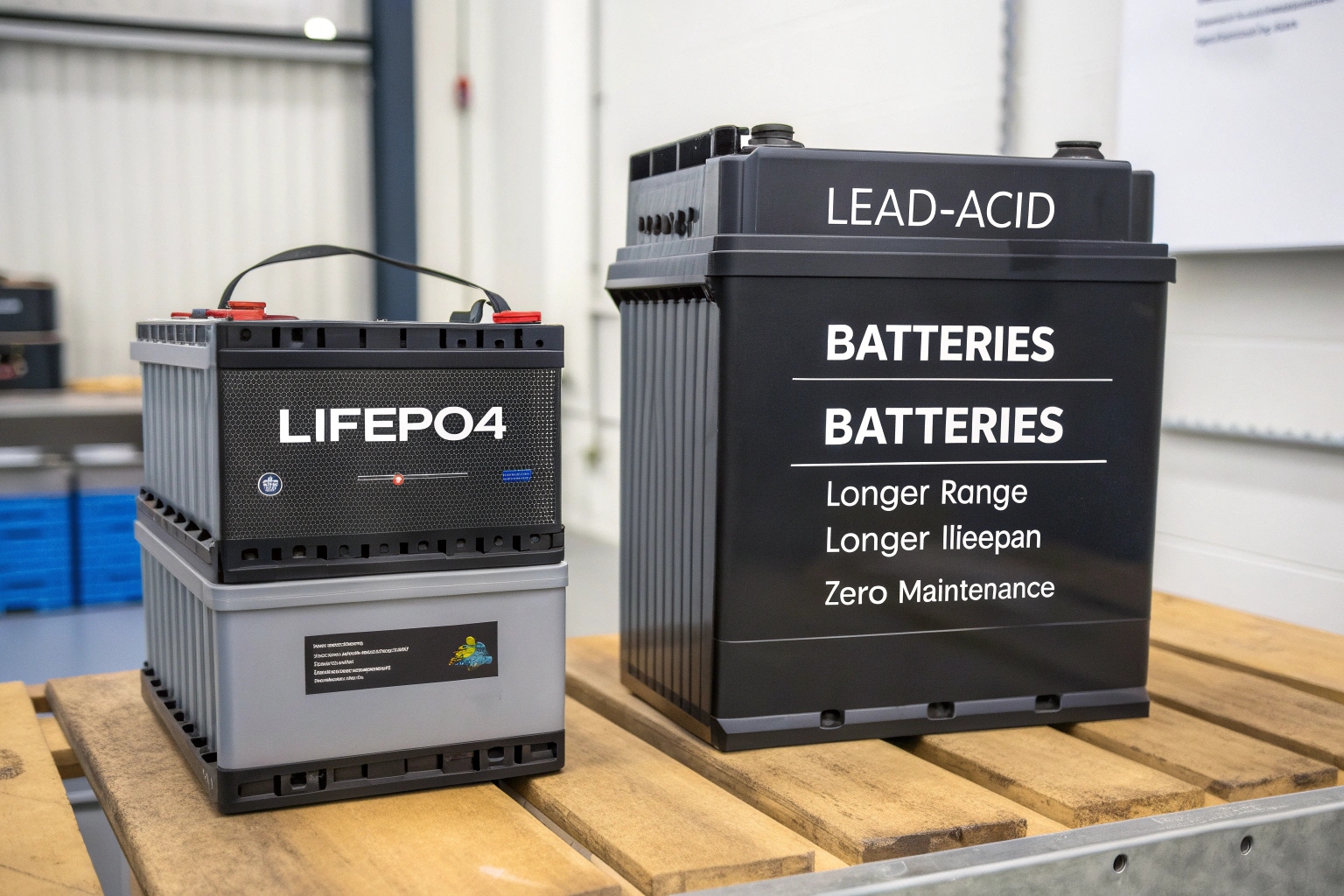
The choice between lead-acid and lithium is a critical decision based on your budget and operational environment. There is no single "best" answer, only the right fit for your project. A city with a strong EV infrastructure and a focus on total cost of ownership should choose lithium. A pilot project in a remote area with a limited budget might start with lead-acid.
- Lithium (LifePo4):
- Lifespan: 800–1,200+ charge cycles. Lasts much longer.
- Range: Provides consistent power and a range of 50–80km per charge.
- Gastos: Higher initial purchase price.
- Pagpapanatili: None required.
- Lead-acid:
- Lifespan: 300–500 charge cycles. Requires replacement more often.
- Range: Performance can fade as the battery discharges.
- Gastos: Lower initial purchase price.
- Pagpapanatili: Requires regular checks of water levels.
What Key Functional Features Do Public Sanitation Buyers Look For?
A low price is attractive, but a vehicle without the right features will fail in the field. Your operators will struggle, and the vehicle won't last.
Essential features for any public sanitation vehicle include a robust hydraulic dump box for safety, a rust-resistant cargo bed, heavy-duty suspension, and controls simple enough for low-skill operators to use reliably.
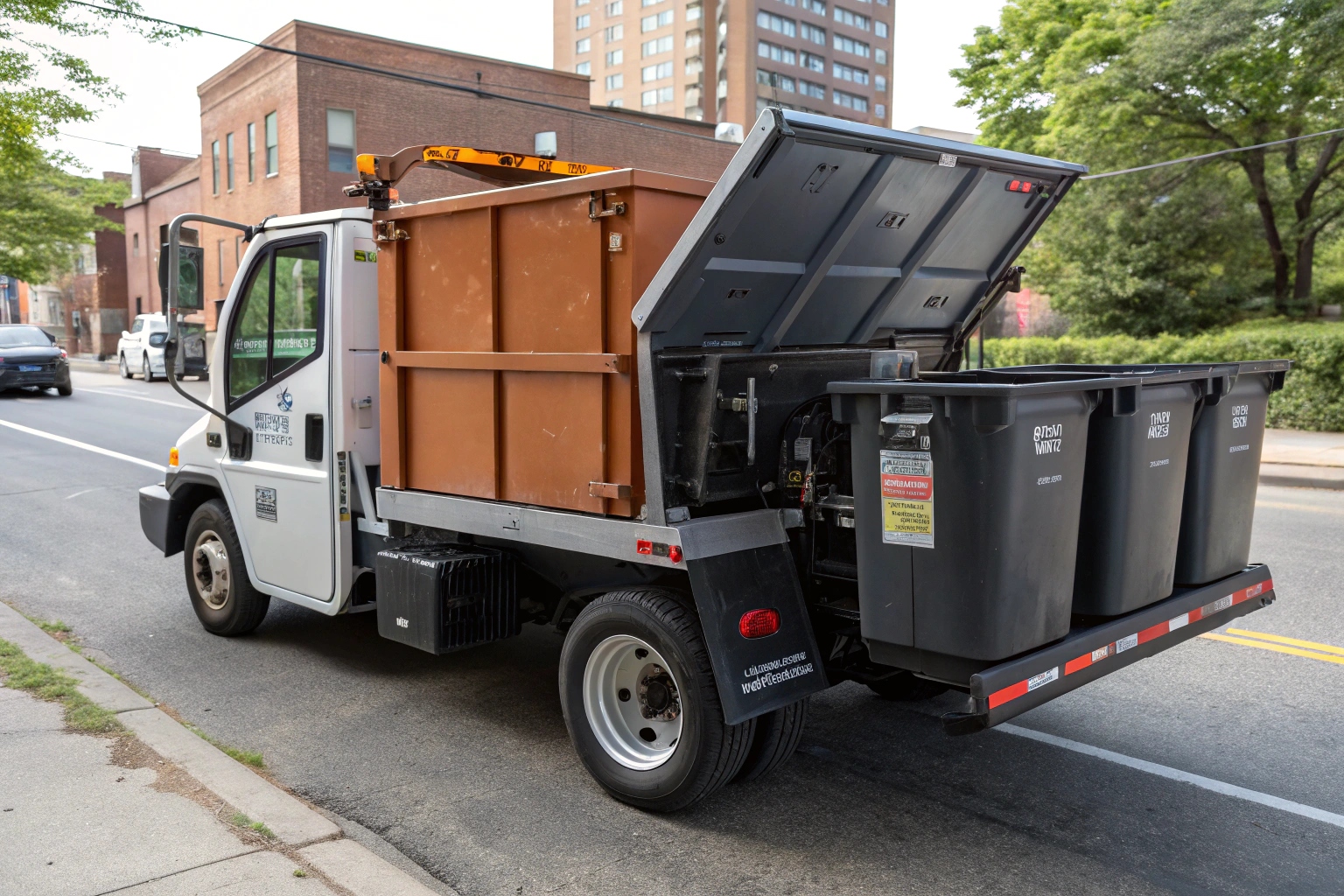
From our Pabrika data, over 90% of all public sanitation tenders now specify a hydraulic lifting system as a non-negotiable requirement. Manual tipping is simply too slow and unsafe for government work. The vehicle must be treated as a piece of industrial machinery, not a consumer product. We build our sanitation models with waterproof components (IP54 to IP65 rated) to protect them during rainy seasons or when being washed down.
| Here’s a simple feature checklist for your tender: | Tampok | Must-Have | Recommended | Optional Customization |
|---|---|---|---|---|
| Unloading | Hydraulic Dump Box | Remote control for hydraulics | ||
| Tibay | Heavy-Duty Frame | Stainless Steel/Galvanized Body | Enclosed cabin with doors | |
| Operasyon | Simple Controls | Strong LED Headlights | Company logos or custom paint | |
| Kaligtasan | Robust Braking System | Reverse Beeper/Alarm | Double-seat cabin |
How Should Small Electric Garbage Trucks Be Maintained for Public Service?
You've invested in a quality fleet, but without proper care, vehicle downtime can cripple your operations. A parked truck collects no garbage.
A simple schedule of routine checks is essential. Monthly inspections of batteries, tires, brakes, and motor connections will ensure high uptime and reduce service interruptions, cutting the total cost of ownership by up to 30%.
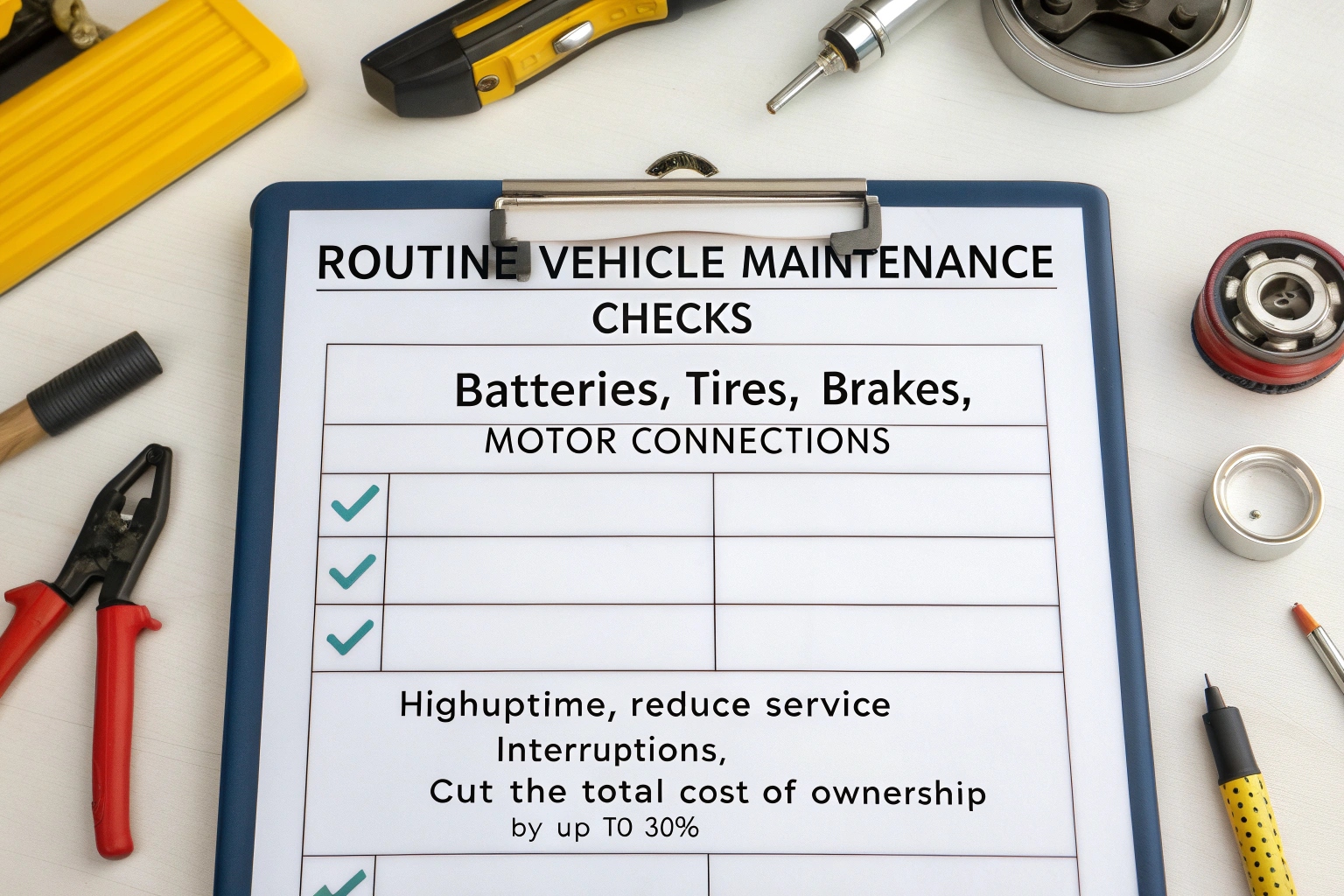
Maintenance for mga de -koryenteng sasakyan is far simpler than for diesel trucks, but it cannot be ignored. The goal of a good maintenance plan is prevention. According to World Bank data, vehicle downtime can reduce a route's collection coverage by a shocking 40%. A simple, repeatable schedule is the best defense. We provide all our public sector clients with a basic maintenance plan and highly recommend training local mechanics. Having available spare parts is also critical, and should be part of the initial purchase contract.
| Frequency | Maintenance Task | Who Can Do It? |
|---|---|---|
| Daily | Visually inspect tires for pressure/damage. | Operator |
| Weekly | Check brake function. Wash down the vehicle. | Operator |
| Monthly | Inspect brake pads, check battery terminals, tighten key bolts. | Trained Local Mechanic |
| Annually | Full inspection of motor, controller, and wiring. | Certified Technician |
Konklusyon
Success in public sanitation projects depends on choosing the right vehicle specifications from the start. These key requirements are your blueprint for building a reliable and effective fleet.

